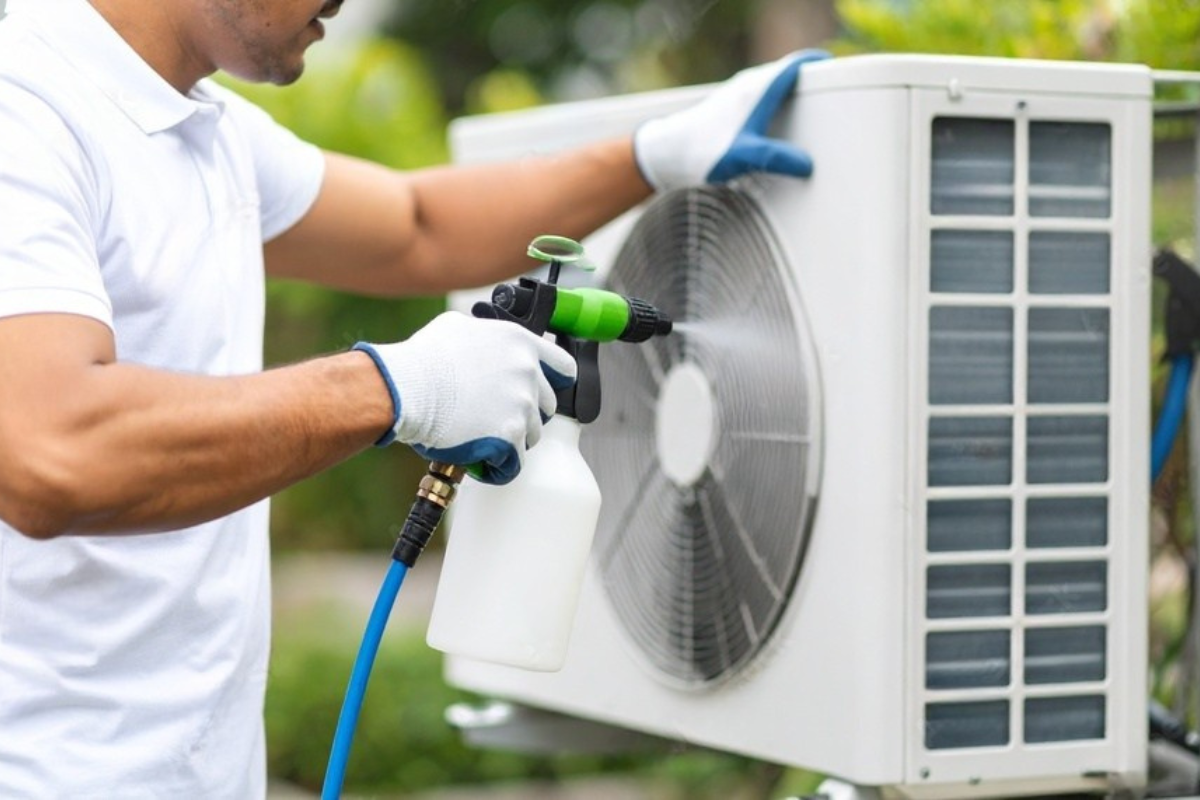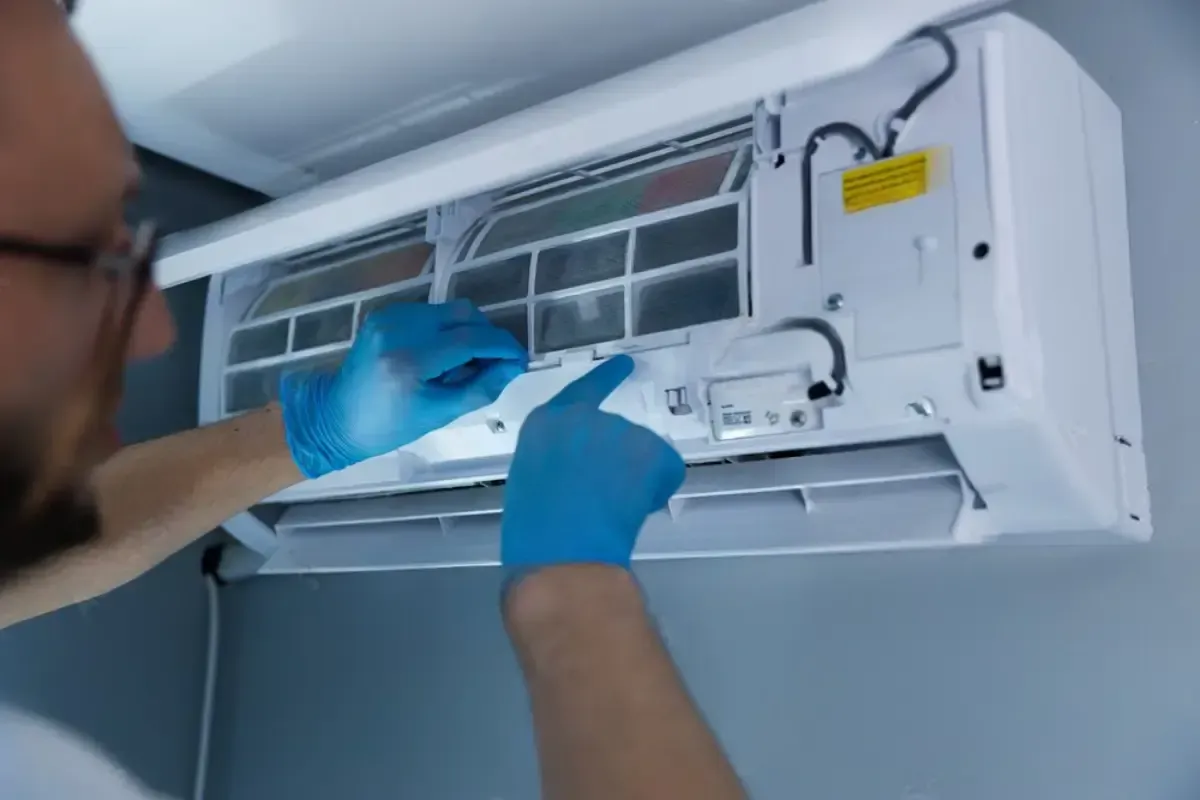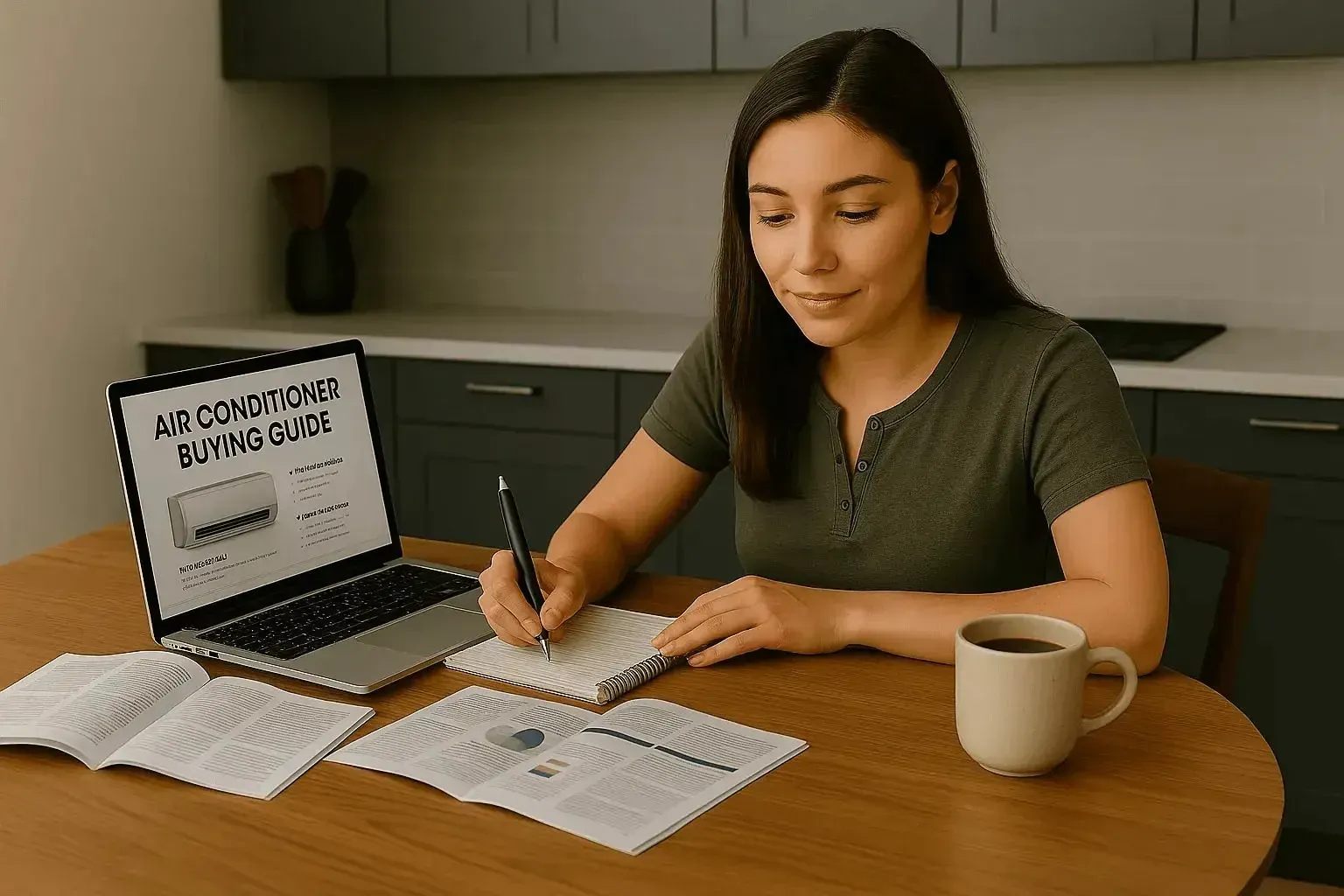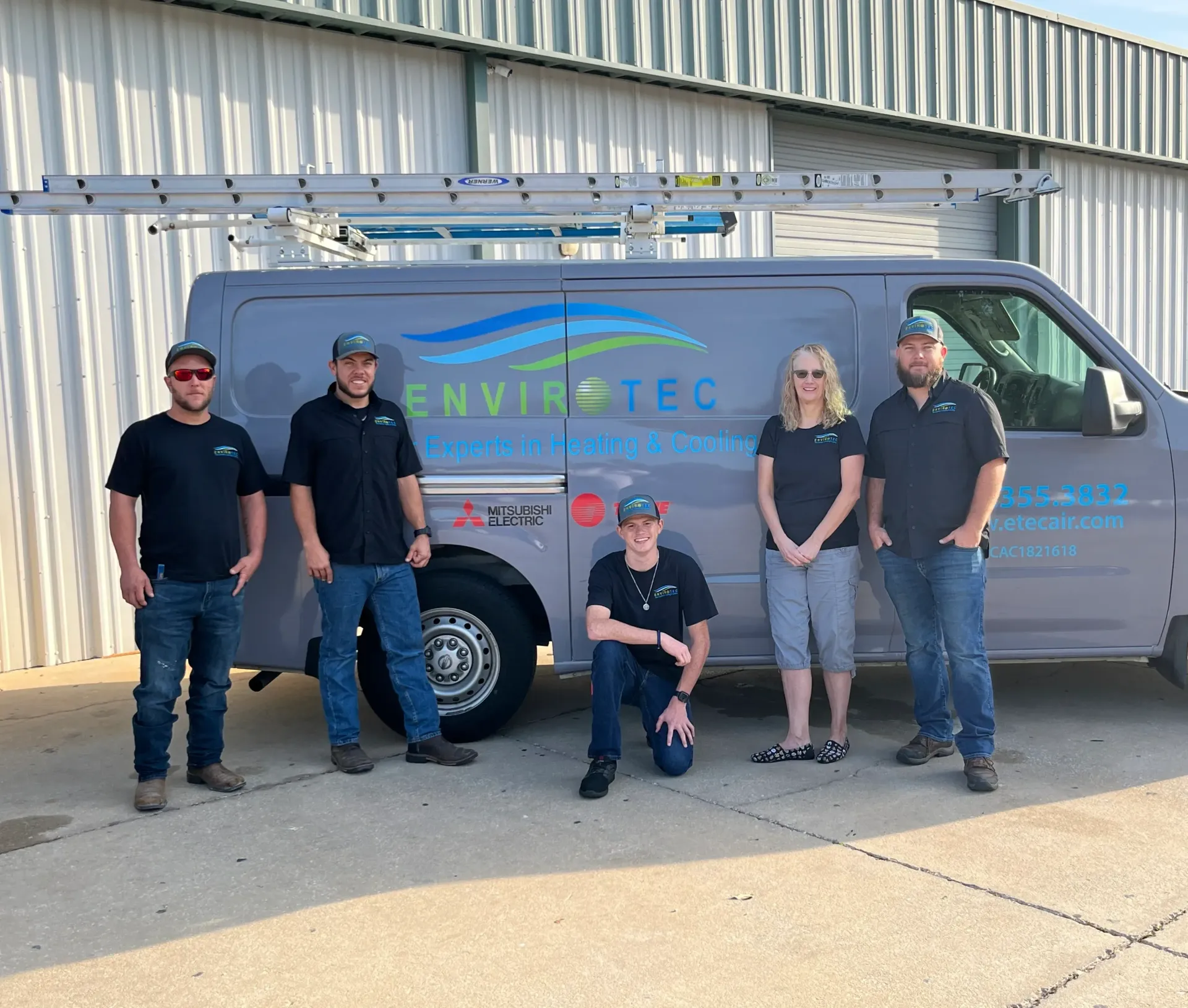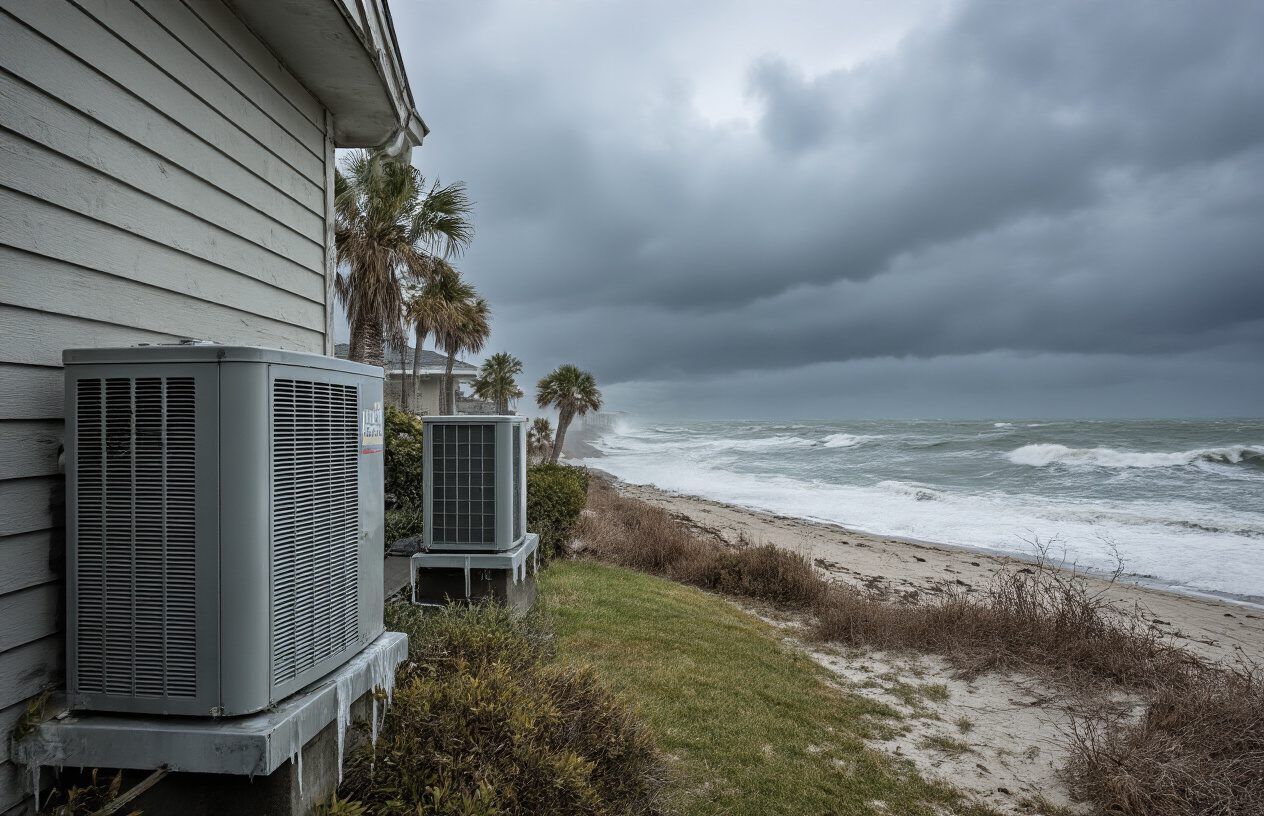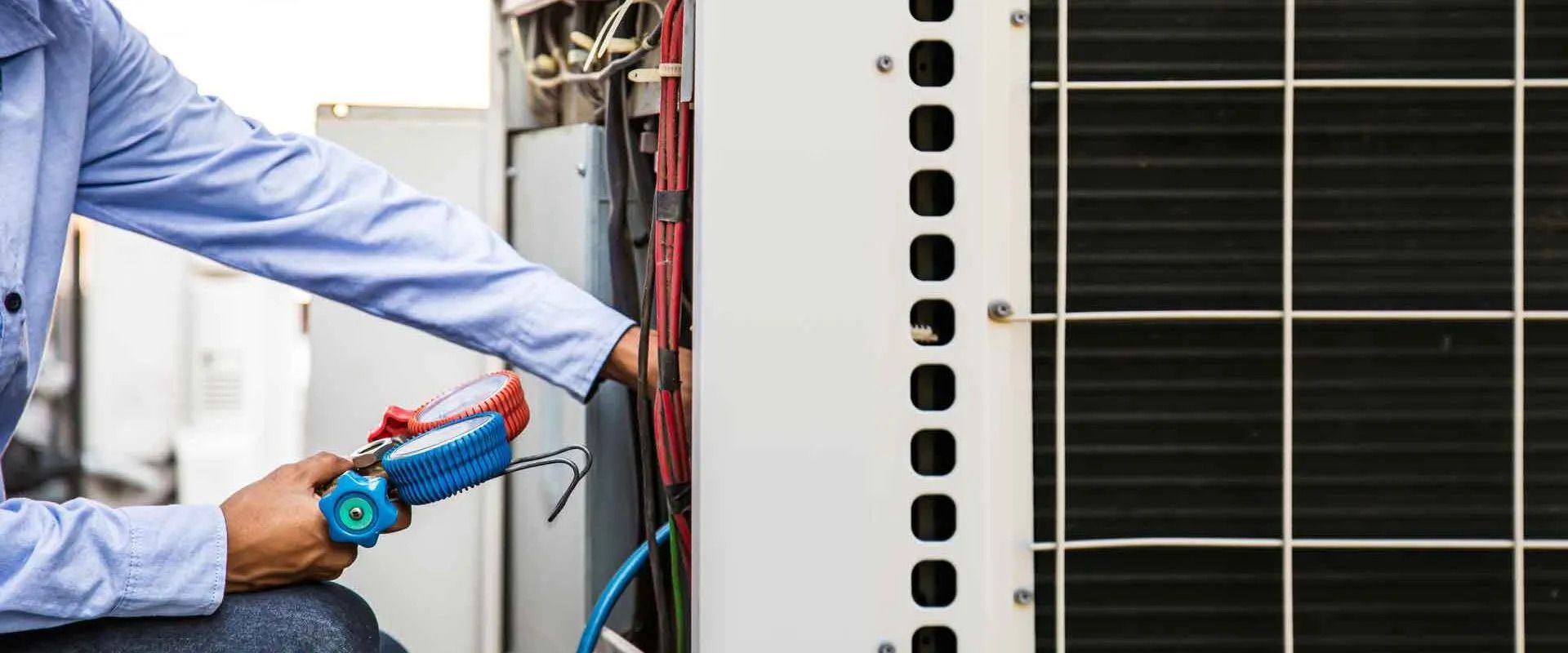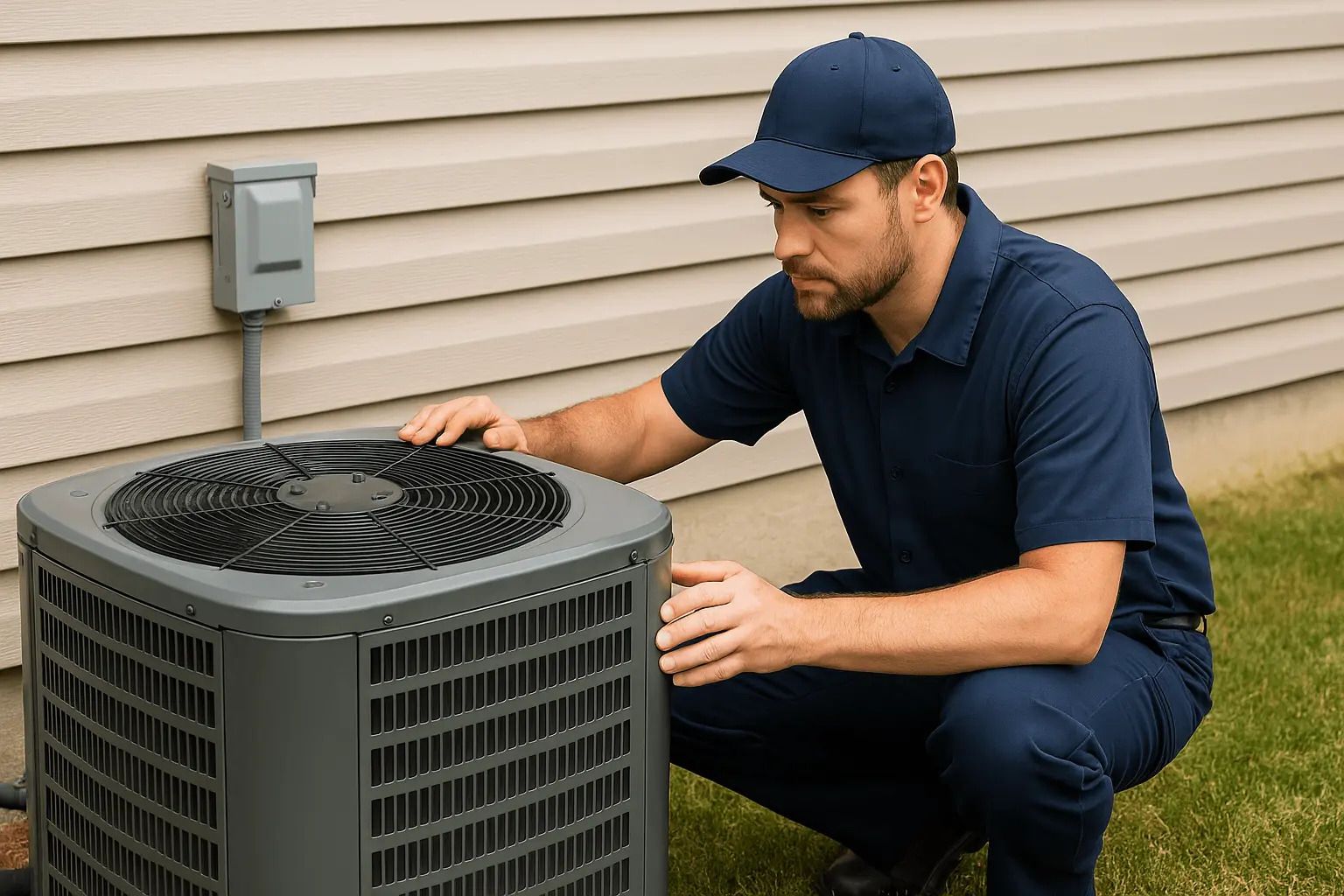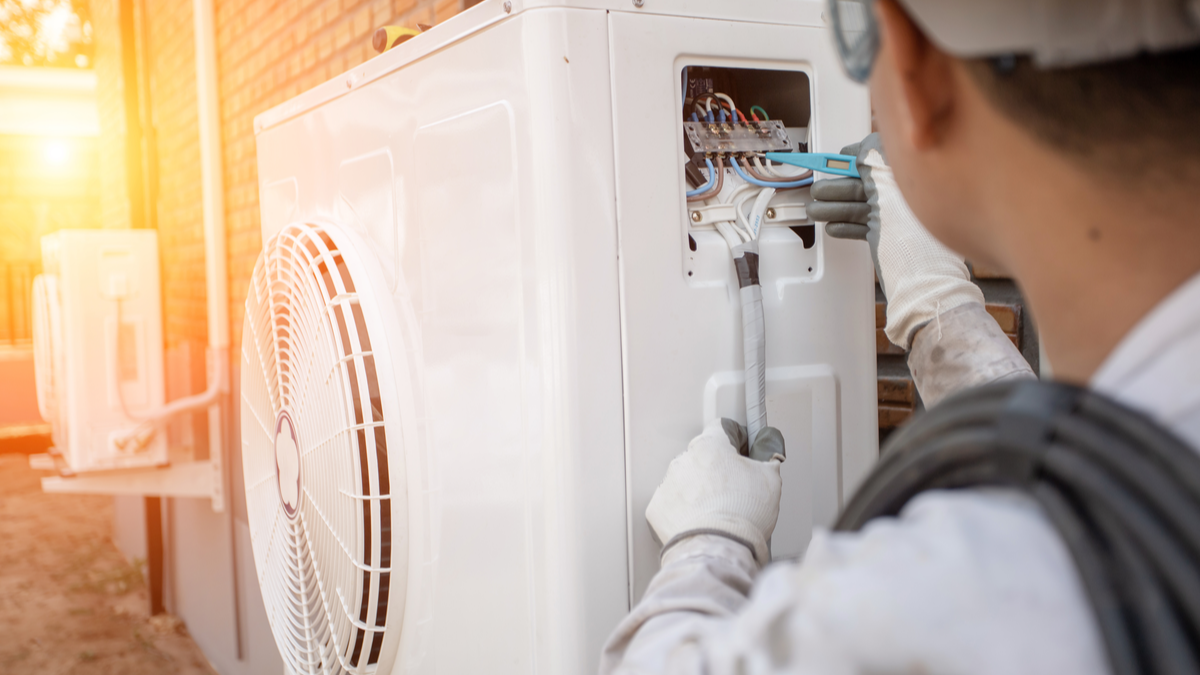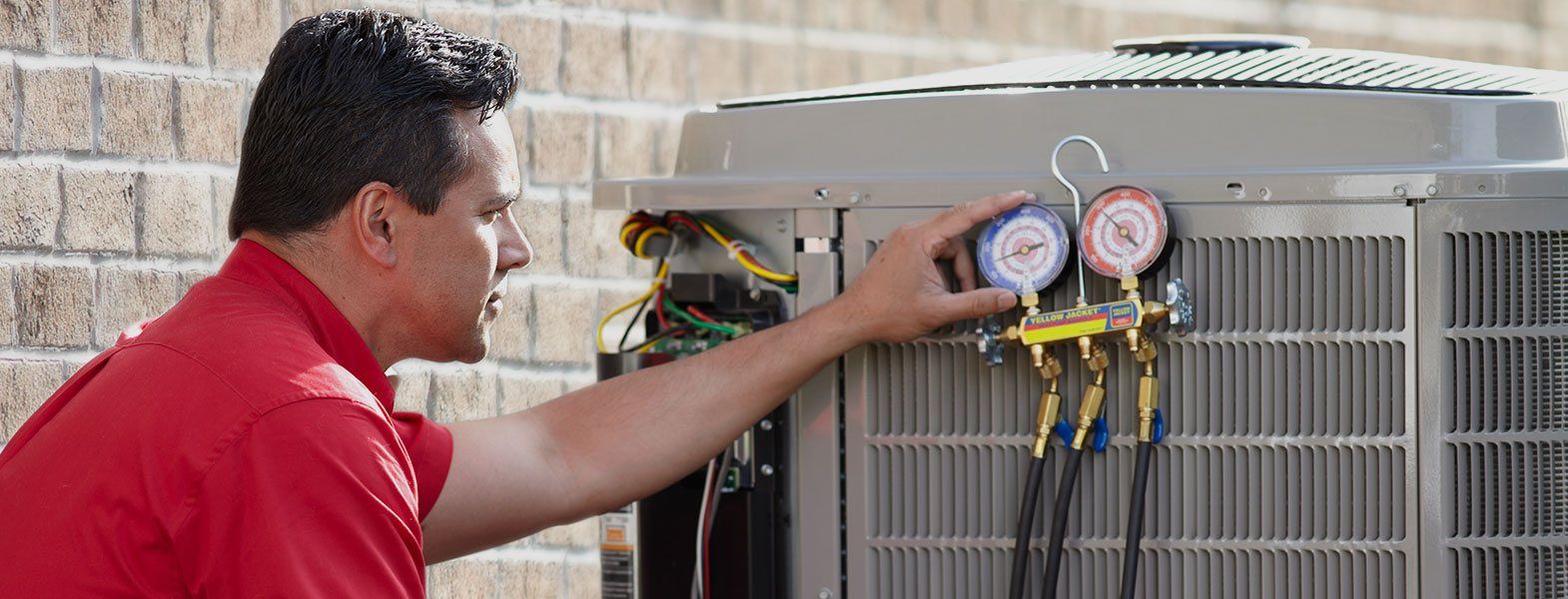Feel the Cool Savings: My Journey to Better Comfort and Lower Bills with a New HVAC in Bradenton
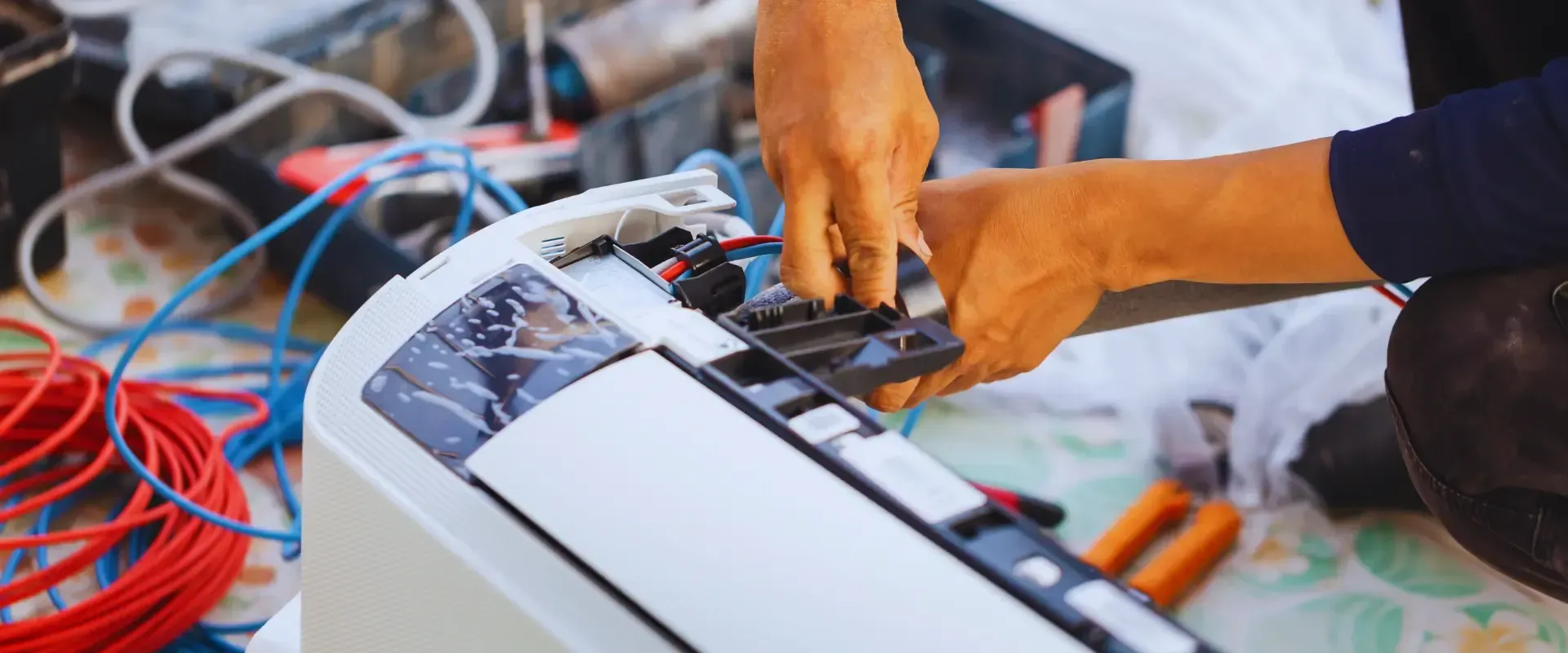
Counting the Costs of an Outdated System
Before making the leap to a new system, I decided to look at what my old unit was actually costing me. I was shocked:
- My summer electric bills were averaging $380-420 per month
- I had paid for repairs four times in the previous two years ($1,200 total)
- The uneven cooling meant some rooms were freezing while others stayed warm
- The constant noise from the struggling unit was affecting my sleep
- Poor humidity control was causing mold concerns in my bathroom
Looking at these numbers, the decision became clearer. The upfront cost of a new system would be substantial, but the ongoing drain of an inefficient unit was already hitting my wallet hard.
What Makes Modern HVAC Systems Game-Changers for Bradenton Homes
Technology Advancements in New Construction HVAC Installation
When I started researching new systems, I was amazed at how far HVAC technology has come since my old unit was installed. Today's new construction HVAC installations offer features that were science fiction just a decade ago:
- Smart thermostats that learn your schedule and preferences
- Variable-speed motors that adjust output to match exactly what your home needs
- Multi-stage compressors that operate more efficiently in Florida's changing seasons
- Integrated humidity control specifically designed for our Gulf Coast climate
- Ultra-quiet operation that you'll barely notice
During my consultation with a specialist from E-Tec Air, I learned that these advancements aren't just fancy bells and whistles—they translate to real comfort improvements and substantial energy savings.
Energy Efficiency Ratings Explained
SEER Ratings and What They Mean for Your Wallet
"Your current system is probably around SEER 10," the HVAC consultant told me. "Today's minimum is SEER 14, but in Florida, I recommend at least SEER 16 or higher for maximum savings."
SEER (Seasonal Energy Efficiency Ratio) ratings measure how efficiently an HVAC system operates. Here's a simple breakdown of what different ratings mean for Bradenton homeowners:
SEER RatingEstimated Annual Savings vs. SEER 10Ideal For1428%Budget-conscious homeowners1638%Mid-range efficiency1844%High-efficiency preference20+50%+Maximum long-term savings
"Think of it this way," my consultant explained, "for every $100 your old system costs to run, a SEER 16 system might only cost $62 for the same cooling. In Bradenton's climate, that adds up quickly."
Goodbye Old, Hello New: Changing Out Aging HVAC Systems
Signs Your Current System Needs Replacement
Looking back, the warning signs were there long before my system's final breakdown. If you're experiencing any of these issues, it might be time to consider a change-out of your old system:
- Your system is over 10 years old
- Repair costs are increasing in frequency and price
- Your energy bills keep climbing despite similar usage
- Some rooms are too hot while others are too cold
- The system runs constantly but never seems to reach the set temperature
- Strange noises or odors are coming from your vents or outdoor unit
- Your home's humidity feels uncontrolled
For me, all seven warning signs were flashing, but I kept putting off the inevitable. Don't make my mistake—when multiple signs appear, it's usually time to explore new options.
The Process of HVAC System Change-Outs
Timeline and What to Expect During Installation
When I finally decided to move forward with replacing my old system, I was pleasantly surprised by how streamlined the process was with the right company. Here's what the change-out process typically looks like:
- Initial consultation and home assessment (1-2 hours)
- Heat load calculation to determine proper system size
- Inspection of existing ductwork
- Discussion of options and recommendations
- Proposal and selection (1-3 days)
- Review of different system options
- Finalization of contract and financing if needed
- Installation day (1-2 days depending on complexity)
- Removal of old system
- Installation of new components
- Connection to existing or new ductwork
- System testing and calibration
- Final walkthrough and education (1 hour)
- Demonstration of new thermostat and features
- Maintenance instructions
- Warranty information review
"Most change-outs can be completed in a single day," my installer told me. "We know it's hot in Bradenton, and we don't want you uncomfortable for long."
The Mini-Split Revolution: Why Mitsubishi Mini-Split Systems Changed My Home
How Mini-Split Systems Work in Florida's Climate
After exploring various options, I decided on a Mitsubishi mini-split system for my home. The consultant explained why these systems are particularly well-suited to Bradenton's climate:
"Mini-splits are incredibly efficient in high-humidity environments like ours," he said. "They remove moisture from the air more effectively than traditional systems, which makes your home feel more comfortable even at slightly higher temperatures."
Mini-split systems work differently than conventional HVAC systems:
- They don't require extensive ductwork, which eliminates the energy loss associated with duct leakage
- They use inverter technology that adjusts compressor speed rather than turning on and off completely
- They're designed for zoned cooling, allowing different temperatures in different areas
For my 1,800 square foot ranch-style home, we installed a multi-zone system with four indoor air handlers connected to one outdoor unit.
Zone-by-Zone Comfort Customization
One of the biggest revelations from installing my Mitsubishi mini-split system was the ability to set different temperatures throughout my home. My guest bedroom stays at 78°F when not in use, while my home office stays a comfortable 72°F during working hours.
"Mini-split zoning technology has revolutionized how we approach comfort in Florida homes. Instead of heating or cooling your entire house to the same temperature, you can now customize each zone to match how you actually use the space. For many of our Bradenton customers, this feature alone reduces their energy consumption by 20-30%." - HVAC Specialist at E-Tec Air
Installation Considerations for Different Home Layouts
The versatility of mini-split systems made the installation process surprisingly flexible:
- For my living room, we chose a wall-mounted unit placed above the entryway
- In the master bedroom, a ceiling-recessed cassette blends seamlessly with the room design
- The kitchen/dining area uses a slim ductless unit that matches the decor
- My home office has a floor-standing unit that fit perfectly in an awkward corner
"Unlike traditional systems where you're limited by ductwork placement, mini-splits give us creative options for almost any home layout," my installer explained as we walked through the plan.
If you're considering a mini-split installation, remember that proper placement is key to maximizing both comfort and efficiency.
Calculating the Real Savings: My Before and After Numbers
Monthly Energy Bill Comparison
The proof of my HVAC upgrade's value came with my first few power bills. Here's what I documented:
Month Before New System After New System Monthly Savings Percentage Reduction June $342 $198 $14442 % July $405 $215 $19047 % August $386 $209 $17746 % September $310 $178 $13243 %
These aren't small numbers—my new system is saving me nearly $1,800 per year just in direct energy costs. That doesn't even account for the savings on repairs and the increased comfort I'm experiencing.
Return on Investment Timeline
With my mini-split system costing approximately $11,500 installed (before rebates and incentives), my simple math showed:
- Annual energy savings: ~$1,800
- Maintenance savings vs. old system: ~$300/year
- Total annual benefit: ~$2,100
- Simple payback period: About 5.5 years
But that calculation doesn't include several significant factors:
- The increase in my home's resale value (estimated at 5-10% of the installation cost)
- The avoided emergency replacement costs if my old system had failed during peak season
- The comfort improvement, which, while hard to quantify, has dramatically improved my quality of life
Additional Savings Through Tax Credits and Rebates
I was also able to take advantage of:
- A federal tax credit of $600 for high-efficiency systems
- A utility company rebate of $350
- A manufacturer rebate of $500
These incentives reduced my effective cost to around $10,050, shortening my payback period to under 5 years. Not bad for an investment that will likely last 15+ years!
Choosing the Right System for Your Bradenton Home
Size Matters: Getting the Perfect HVAC Dimensions
One of the most important lessons I learned during this process was that simply replacing my old system with the same size unit would have been a major mistake.
"Many older systems in Bradenton were improperly sized to begin with," my consultant explained. "Then, when you factor in modern insulation improvements, window replacements, and other home upgrades, the cooling load requirements often change significantly."
The proper sizing process, known as a Manual J calculation, considers:
- Home square footage
- Ceiling height
- Window quantity, size, and type
- Insulation values
- Home orientation to the sun
- Shade from trees and other buildings
- Number of occupants
- Heat-generating appliances
For my home, this calculation revealed that my old 4-ton system was oversized. My new system is 3.5 tons total and works far more efficiently because it's properly matched to my actual cooling needs.
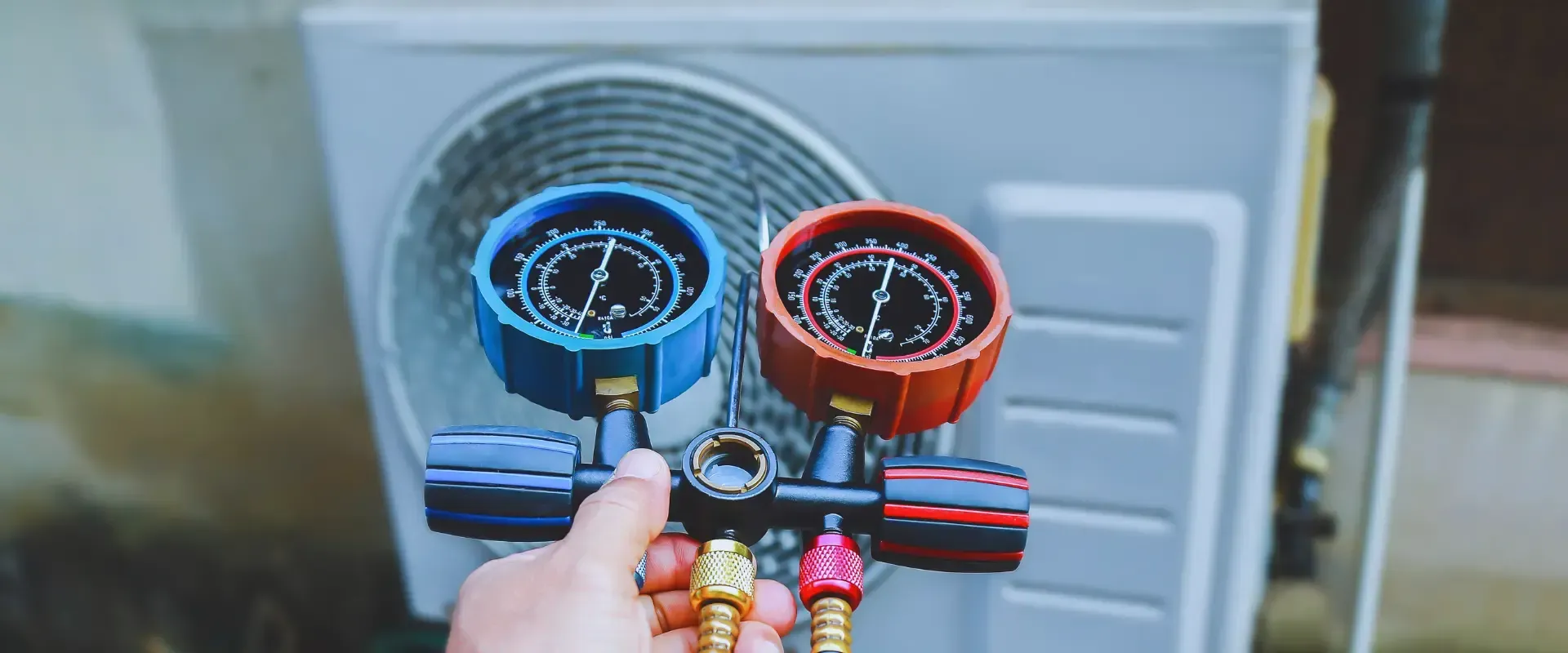
Climate Considerations Specific to Gulf Coast Living
Living in Bradenton means dealing with:
- High humidity levels year-round
- Salt air for homes closer to the coast
- Extreme summer temperatures
- Mild but occasionally chilly winters
- Storm and hurricane considerations
My HVAC professional helped me choose components specifically designed for these conditions, including:
- Enhanced corrosion protection for the outdoor unit
- Upgraded humidity control features
- A system capable of efficient heating during our brief cold snaps
- Storm tie-down provisions for the outdoor equipment
These Gulf Coast-specific features might add slightly to the initial cost, but they significantly extend the system's lifespan and performance in our unique climate.
Installation Day: What Really Happens
New Construction vs. Replacement Installation
Having experienced a replacement installation, I was curious about how the process differs for new construction. My HVAC technician explained:
"With new construction HVAC installation, we have the advantage of designing the entire system from scratch. Ductwork can be optimized, equipment placed ideally, and the system integrated seamlessly with the home's design."
The key differences include:
- Ductwork designed specifically for the home layout
- Electrical and drainage planned during construction
- Optimal placement of vents and returns
- Better access for installation teams
- Opportunity for built-in zoning systems
For replacement installations like mine, the team works within existing constraints but can still make significant improvements to the original design.
Professional vs. DIY Considerations
While researching my options, I briefly considered handling parts of the installation myself to save money. I quickly abandoned that idea after understanding the complexities involved:
- HVAC installation requires specialized tools that are expensive to purchase for one-time use
- Improper installation can reduce efficiency by up to 30%
- Manufacturer warranties often require professional installation
- In Bradenton, permits are required for HVAC work, and inspections must be passed
- Working with refrigerants requires EPA certification
The professional team I hired completed in eight hours what would have taken me weeks of frustration—and they guaranteed their work.
Maintaining Your Investment: Keeping Your New System Running Perfectly
Seasonal Maintenance Checklist
To protect my investment and maintain peak efficiency, I follow this simple maintenance schedule:
Monthly Tasks:
- Check and replace air filters as needed
- Clear debris from around outdoor unit
- Listen for unusual noises
- Monitor thermostat operation
Spring Preparation (March/April):
- Clean outdoor coils
- Check refrigerant lines for insulation damage
- Clear condensate drain lines with vinegar solution
- Test system in cooling mode before hot weather arrives
Fall Preparation (October/November):
- Test heating function before cool weather
- Check for unusual odors when heating first activates
- Inspect door seals on air handler
- Consider a professional tune-up
Annual Professional Maintenance: I schedule a professional maintenance visit every spring to:
- Check refrigerant levels
- Inspect electrical connections
- Clean components not accessible to homeowners
- Verify system pressure and operation
- Calibrate thermostat if needed
When to Call in the Professionals
Some maintenance tasks should always be left to qualified technicians. I call my HVAC professionals if I notice:
- Unusual noises or vibrations
- System short-cycling (turning on and off rapidly)
- Significant increases in energy bills
- Water leaking around indoor units
- Ice formation on any components
- Uneven cooling or heating
- Thermostat malfunctions
By staying proactive with maintenance, I'm extending my system's lifespan and maintaining its efficiency—protecting both my comfort and my long-term savings.
The Environmental Impact of Modern HVAC Systems
Reducing Your Carbon Footprint
One benefit I hadn't fully considered when upgrading was the environmental impact. My HVAC professional explained that my new system would reduce my carbon footprint in several ways:
- Lower energy consumption means fewer power plant emissions
- Modern refrigerants have dramatically lower global warming potential
- Better humidity control reduces the need for supplemental dehumidifiers
- Longer lifespan means fewer manufacturing and disposal impacts
- Zoned cooling prevents wasting energy on unused spaces
For environmentally conscious homeowners in Bradenton, these benefits add meaningful value beyond just the financial savings.
Eco-Friendly Refrigerant Options
My new system uses R-410A refrigerant, which, while not perfect, is significantly better for the ozone layer than the R-22 in my old system. The technician also explained that the industry is transitioning to even more environmentally friendly options like R-32 in the coming years.
"The HVAC industry is moving quickly toward more sustainable practices," he told me. "Systems being installed today are already prepared for the refrigerants of tomorrow."
Conclusion: My Cooling Comfort Journey in Bradenton
Looking back on my HVAC upgrade journey, the only regret I have is not doing it sooner. The combination of improved comfort, lower energy bills, and increased home value has made this one of the best home investments I've ever made.
For my fellow Bradenton homeowners still suffering through Florida summers with aging, inefficient systems, my advice is simple: don't wait for a breakdown to consider your options. The technology available today—whether you choose a conventional system change-out or explore mini-split technology—offers comfort and efficiency that wasn't possible when our older systems were installed.
The process isn't as disruptive as I feared, the financing options make it accessible for most budgets, and the ongoing savings make it financially sensible. Most importantly, the improvement in day-to-day living comfort is something you'll appreciate every time the temperature climbs above 85 degrees—which in Bradenton, is most of the year!
If you're considering an upgrade, I encourage you to start with a professional consultation from a reputable Bradenton HVAC company that understands our unique climate challenges. The information you gain will help you make an informed decision that balances upfront costs with long-term benefits.
Key Takeaways:
- Modern HVAC systems can reduce energy bills by 30-50% compared to older units
- Proper sizing is critical—bigger isn't always better
- Mini-split systems offer exceptional efficiency and zoning capabilities
- Installation quality significantly impacts long-term performance
- Regular maintenance extends system life and maintains efficiency
- The return on investment typically occurs within 5-7 years
- Gulf Coast homes have special HVAC requirements that should be addressed
Frequently Asked Questions About HVAC Upgrades
Q: How long does a new HVAC system typically last in Bradenton's climate?
A: With proper maintenance, modern systems typically last 12-15 years for conventional systems and 15-20 years for mini-split systems. Coastal homes may experience slightly shorter lifespans due to salt air exposure.
Q: What's the best time of year to replace my HVAC system in Florida?
A: Spring (March-May) and fall (October-November) are ideal as these are typically slower seasons for HVAC companies, which might mean better pricing and more flexible scheduling.
Q: Can I just replace the outdoor unit and keep my existing indoor components?
A: While possible in some cases, this "partial replacement" approach usually results in mismatched efficiency and potential reliability issues. Most professionals recommend replacing both indoor and outdoor components together.
Q: Are there financing options available for new HVAC systems?
A: Yes, many HVAC companies offer financing plans, and some utilities provide on-bill financing with low interest rates. There are also special HVAC credit cards with promotional interest-free periods.
Q: How much can I expect to save on my electric bill with a new system?
A: While individual results vary, most Bradenton homeowners see reductions of 30-50% on the cooling portion of their electric bills when upgrading from an older system to a high-efficiency modern unit.
Q: Do I need to replace my ductwork when installing a new conventional HVAC system?
A: Not always, but ductwork should be inspected for leaks, damage, and proper sizing. Making ductwork improvements during system replacement often improves efficiency dramatically.
Q: How noisy are modern HVAC systems compared to older ones?
A: Significantly quieter. Most new systems operate at 55-75 decibels (similar to a conversation or dishwasher), while older systems often exceeded 80 decibels (closer to a vacuum cleaner).
Q: Can a new HVAC system help with allergens and indoor air quality?
A: Yes, modern systems can incorporate advanced filtration options like HEPA filters, UV light purifiers, and electrostatic filters that dramatically reduce allergens, pollutants, and even some pathogens.


